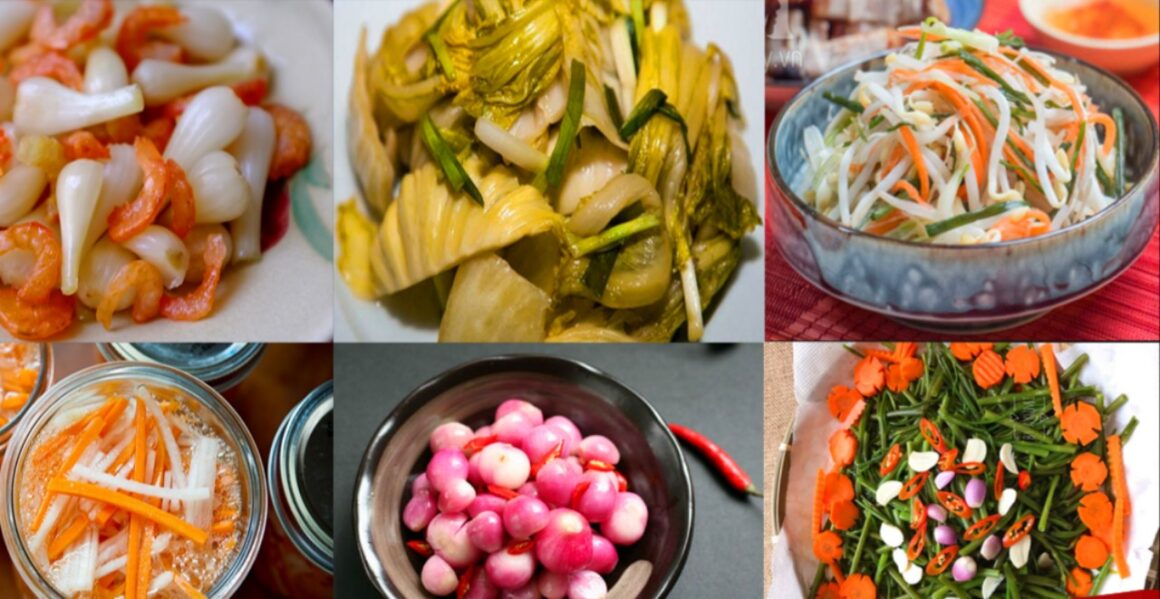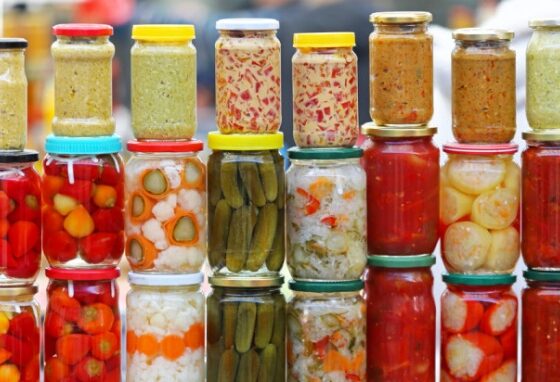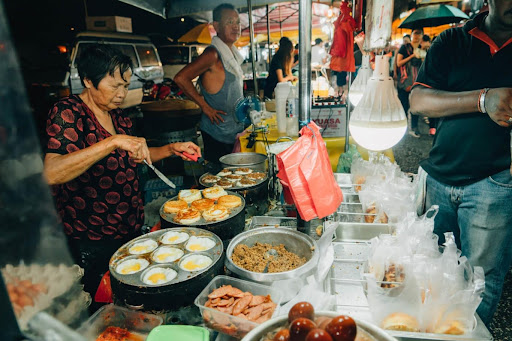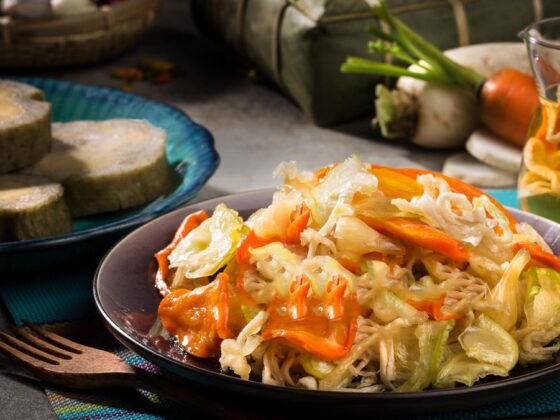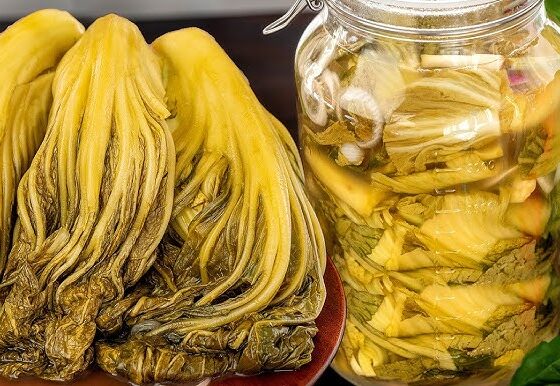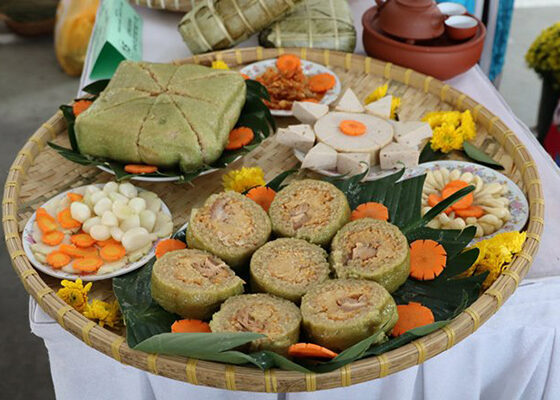Table of Contents Show
In Vietnamese culinary traditions, the world of traditional Vietnamese fermented foods plays a profound role in the cultural fabric of the nation. These foods are not merely culinary delights; they embody the history, customs, and communal values of the Vietnamese people. From family gatherings to vibrant festivals, fermented foods are integral to social occasions, bringing people together and celebrating shared heritage.
Read more interesting posts here:
- Banh Tet: The Iconic Vietnamese Sticky Rice Cake of Tet
- Bun Nuoc Keng: A Hidden Noodle Soup Gem from the Heart of the Mekong Delta
- Banh Chung: The Symbolic Vietnamese Rice Cake of Tết
Why traditional Vietnamese fermented foods are symbols of heritage
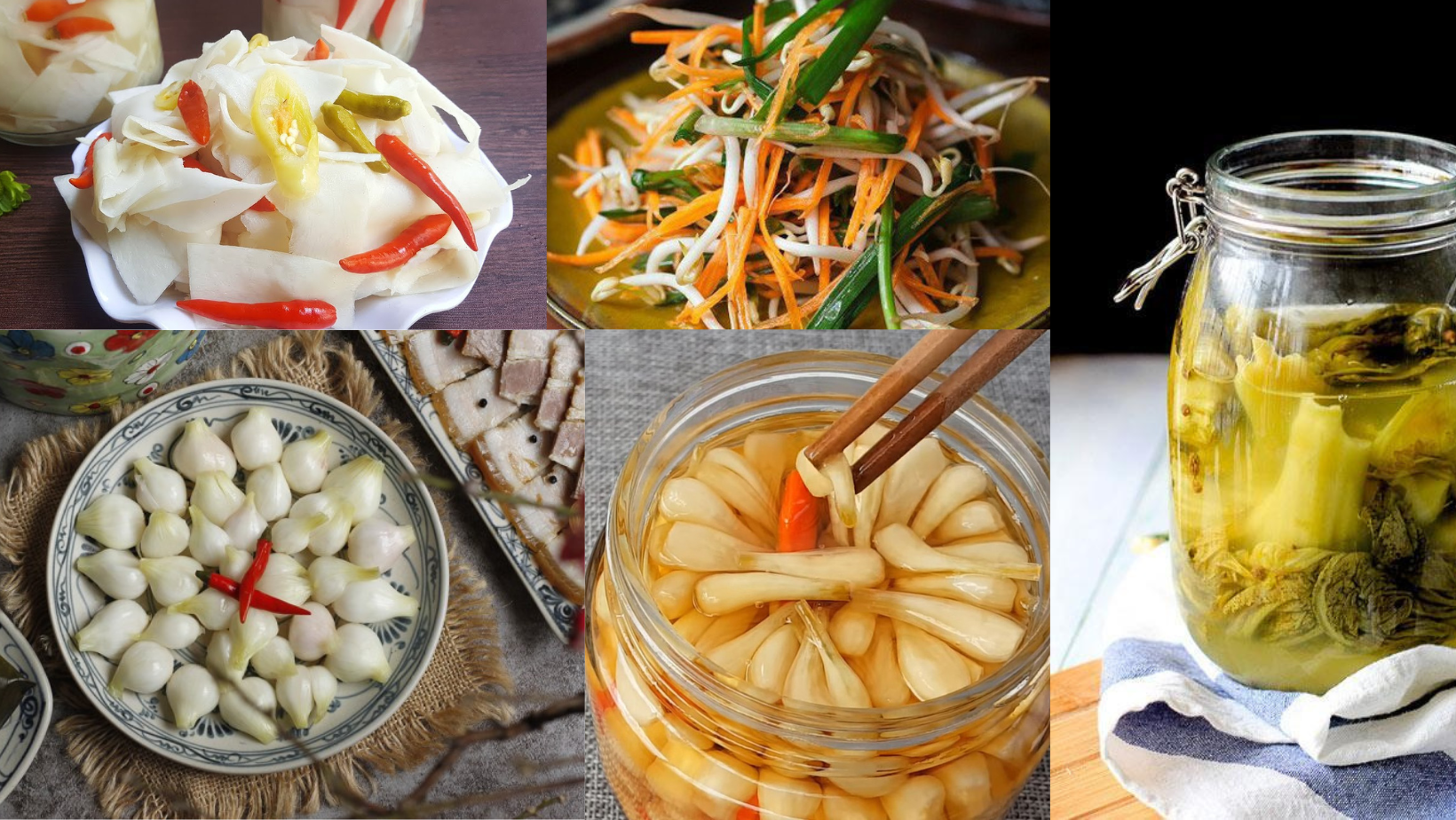
Fermented foods have a long history in Vietnam, with roots tracing back to ancient agricultural practices. The preservation methods involved in fermentation allowed communities to make the most of seasonal produce, ensuring that food remained available throughout the year. Items like nước mắm (fish sauce), dưa chua (pickled vegetables), and mắm tôm (fermented shrimp paste) are not just staples in the Vietnamese diet; these traditional Vietnamese fermented foods are symbols of resilience and adaptability.
During family gatherings, these fermented delicacies take center stage. A meal wouldn’t be complete without a side of dưa chua, which adds a refreshing tang to richer dishes, showcasing the balance of flavors that characterizes Vietnamese cuisine. The preparation and sharing of these foods often become communal activities, where family members come together to pickle vegetables or craft sauces, reinforcing bonds and passing down culinary knowledge through generations.
Celebrating tradition: the role of fermented foods in Vietnamese festivals
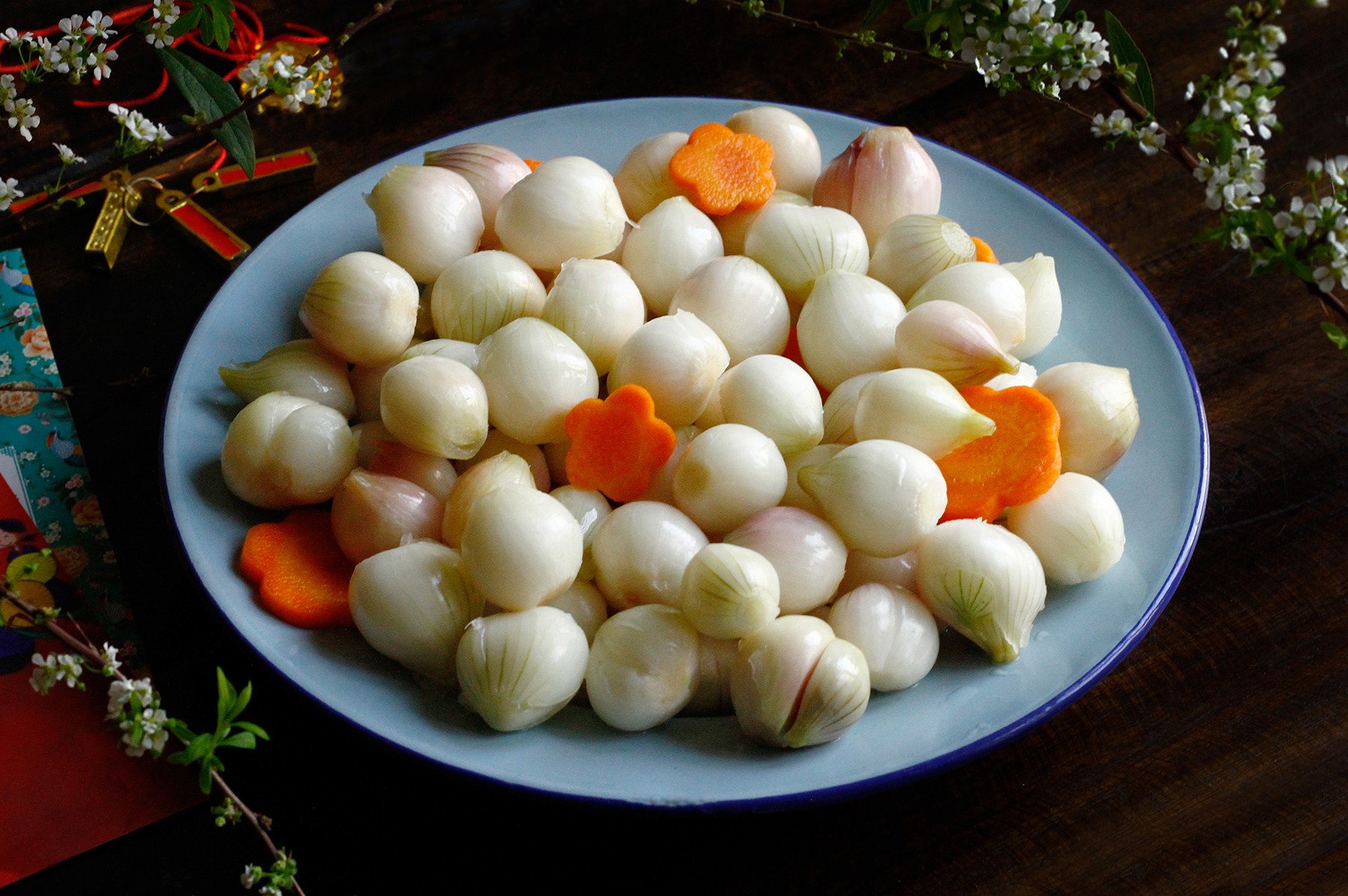
Vietnam is a land of festivals, and each celebration often features traditional Vietnamese fermented foods that hold special significance. During Tet Nguyen Dan (Lunar New Year), families prepare an array of dishes, including bánh chưng (square sticky rice cakes) and dưa hành (pickled onions). These foods are not just festive treats; they symbolize prosperity, health, and the renewal of life.
The act of preparing and consuming traditional Vietnamese fermented foods during Tet is steeped in ritual. Families will often gather to create these dishes together, symbolizing unity and cooperation. Sharing these foods during the holiday serves as a way to honor ancestors and invite good fortune for the year ahead. The inclusion of fermented items in festive meals underscores their importance as a means of connecting past and present, honoring tradition while fostering familial relationships.
How fermented foods form the heart of community gatherings
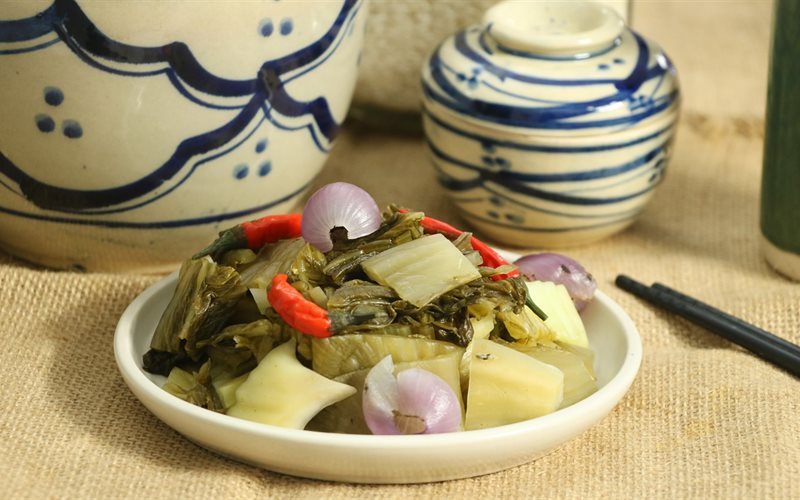
These traditional Vietnamese fermented foods also play a vital role in social gatherings beyond formal celebrations. Whether it’s a casual meal among friends or a larger community feast, these foods are often featured prominently. For example, during a bánh xèo (Vietnamese savory pancakes) gathering, you’ll often find a spread of homemade pickles and sauces that enhance the flavors of the pancakes. Sharing these dishes fosters a sense of camaraderie, as everyone enjoys the meal together, exchanging stories and laughter.
In rural areas, traditional Vietnamese fermented foods often take on an even greater communal significance. When families gather to prepare traditional dishes, they create not just food but also memories and connections. The act of fermentation itself becomes a metaphor for the relationships that grow and develop over time, much like the flavors that deepen and evolve in the fermentation process.
The modern revival of traditional Vietnamese fermented foods
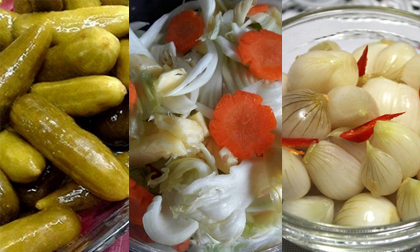
In recent years, there has been a resurgence of interest in traditional Vietnamese fermented foods, especially among younger generations. Chefs and home cooks alike are rediscovering the art of fermentation, experimenting with new ingredients and techniques while remaining rooted in tradition. This revival is not only about preserving culinary heritage but also about fostering community and connection in a fast-paced world.
Restaurants and food markets are increasingly embracing fermented foods, recognizing their cultural significance and health benefits. By showcasing these items, they help educate diners about the rich history and traditions behind each dish, encouraging a deeper appreciation for the role of fermentation in Vietnamese cuisine.
Conclusion
In conclusion, the cultural significance of traditional Vietnamese fermented foods cannot be overstated. They are far more than mere ingredients; they are edible archives of history, symbols of community, and the vibrant heart of family celebrations. To share a meal featuring these complex flavors is to partake in a tradition that honors the past while nourishing the future, offering a true taste of Vietnam’s soul.
Ready to explore the culture behind the cuisine? Join our community of explorers in the ExoTrails Facebook Group and follow the ExoTrails Fanpage for daily inspiration and trail tips!
FAQs
What is the cultural significance of fermented foods in Vietnam?
They symbolize heritage and resilience, connect families through shared preparation, and are central to community gatherings and important festivals like Tet.
What role does food play in Vietnamese family gatherings and festivals?
Food is the centerpiece of social life, bringing families together to cook and share meals that represent shared history, communal values, and wishes for prosperity.
Why is nước mắm (fish sauce) so important in Vietnam?
It is the foundational flavor of Vietnamese cuisine, used as a dipping sauce, marinade, and essential seasoning in countless dishes, defining the nation’s culinary identity.
What are the most important traditional foods for the Tet holiday?
Key foods include bánh chưng (square sticky rice cake) and dưa hành (pickled onions), which are integral to the celebration and symbolize prosperity and renewal.
How do Vietnamese people preserve their culinary heritage?
Culinary heritage is preserved through family recipes passed down through generations and a modern revival of traditional techniques by both chefs and home cooks.

